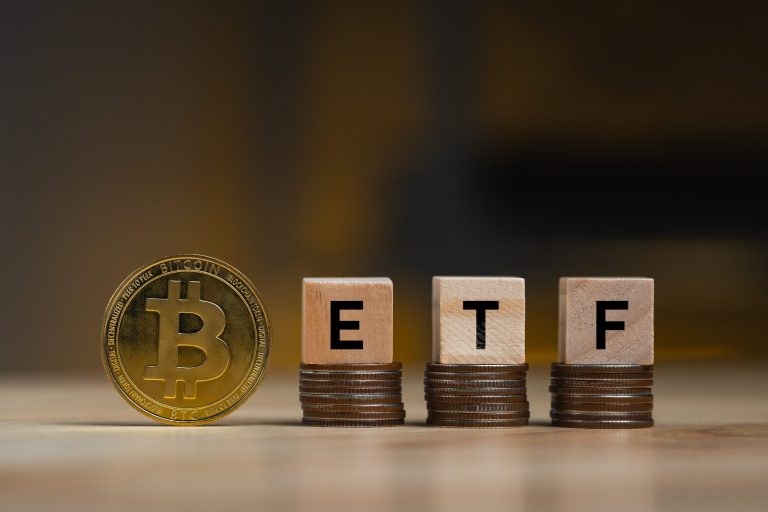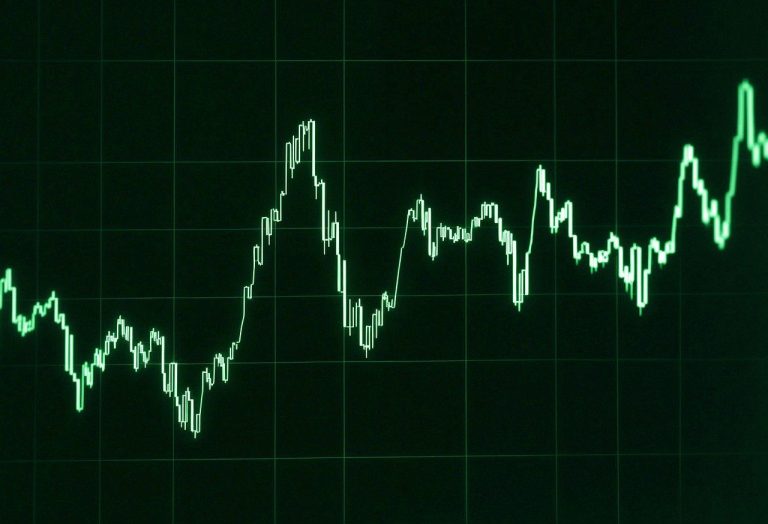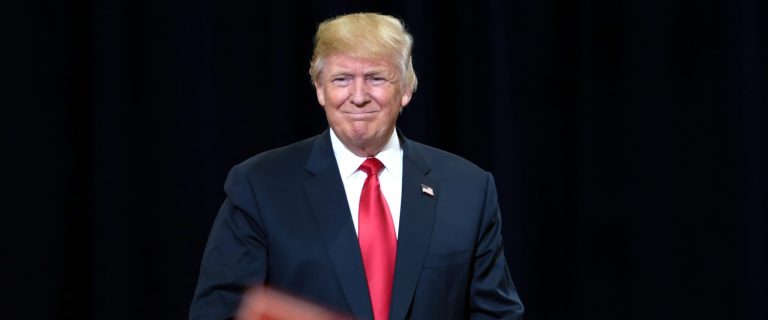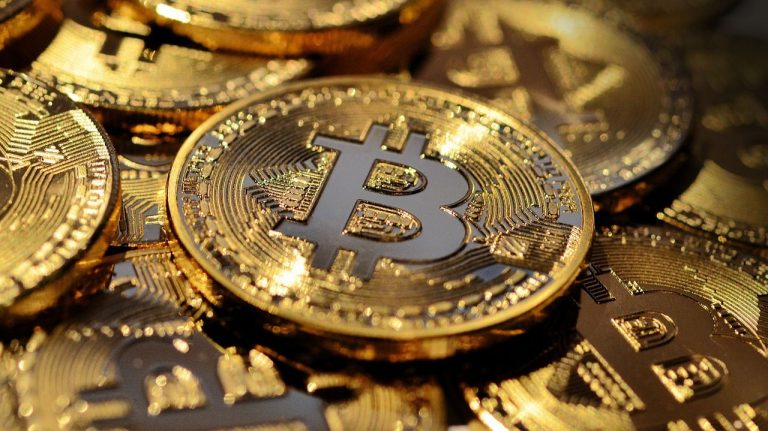The rapid rise of Bitcoin ETFs, led by BlackRock’s IBIT, has not just broken records but fundamentally shifted the dynamics of institutional investment.
Moving beyond the numbers, this development reflects a profound change in how major financial players approach cryptocurrencies.
From initial scepticism to wide acceptance, Bitcoin ETFs have become a gateway for institutions to navigate the volatile crypto market while embracing its potential.
This growing trust in regulated cryptocurrency products is redefining the relationship between traditional finance and digital assets.
How Bitcoin ETFs bridged the trust gap
For years, Bitcoin was seen as too volatile and unregulated for institutional portfolios.
However, the introduction of ETFs like BlackRock’s IBIT has transformed this perception by offering a structured and regulated entry point.
Unlike direct cryptocurrency investments, ETFs mitigate risks through clear regulatory oversight and robust infrastructure, providing institutions with a safe way to gain exposure to Bitcoin’s performance.
BlackRock’s entry into the Bitcoin market was particularly symbolic, as it signalled a broader shift among institutional investors.
Larry Fink, once a vocal critic of Bitcoin, has since championed its potential as “digital gold.” This pivot illustrates how regulated products have softened resistance and encouraged deeper participation from traditional financial entities.
The ETF effect on market credibility and accessibility
Bitcoin ETFs have done more than legitimise cryptocurrency—they have also made it more accessible.
By simplifying the process of investing in Bitcoin through familiar financial instruments, ETFs like IBIT have demystified digital assets for cautious investors.
This accessibility has been instrumental in driving adoption among wealth managers, pension funds, and even central banks.
Moreover, the rise of Bitcoin ETFs has reduced market fragmentation. Investors no longer need to navigate unregulated exchanges or worry about the security risks associated with direct crypto purchases.
Instead, they can rely on established ETF providers to handle custody, compliance, and reporting.
This streamlined approach has attracted billions in capital, creating a ripple effect that has stabilised Bitcoin’s market perception and expanded its global footprint.
A step toward integrating crypto with traditional finance
The success of Bitcoin ETFs underscores a deeper trend: the integration of digital assets into the traditional financial ecosystem.
Far from being seen as competitors, cryptocurrencies are now increasingly viewed as complementary assets.
Bitcoin ETFs have catalysed this shift by acting as a bridge, allowing institutional investors to dip their toes into the crypto waters without committing to the complexities of blockchain technology.
This shift has broader implications for the financial industry.
The growing popularity of ETFs has paved the way for discussions about broader cryptocurrency adoption, from tokenised assets to blockchain-based financial products.
As regulators and institutions continue to collaborate, the lines between traditional finance and digital assets are expected to blur further, creating new opportunities for innovation and growth.
The post How Bitcoin ETFs helped disrupt traditional finance in 2024 appeared first on Invezz










